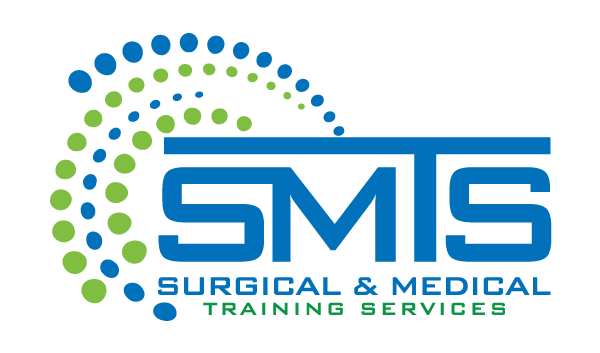How Cadaver Lab Training Bridging the Gap Between Theory and Practice
There is a substantial difference between theoretical learning and practical application when gaining medical knowledge. Cadaver lab Training is essential to medical education, providing students and professionals with distinct insights into human anatomy and important practical experience that cannot be acquired just from textbooks. This blog post explores the benefits of cadaver labs, illustrating how they aid in acquiring necessary skills for today’s medical practitioners.
Understanding the Significance of Cadaver Lab Training
Cadaver labs, often situated within medical schools and universities, offer an environment where theoretical knowledge from books gets translated into understanding the human body in its three-dimensional complexity. Here, students learn about anatomical variations, physically see the effects of disease, and practice surgical techniques, vital components of medical training.
A Touch of Reality: Hands-on Learning Experience
Studying real human bodies gives students tactile feedback and a true sense of the texture, size, and spatial relationships between various anatomical structures, something digitally-rendered images or plastic models cannot fully replicate. This depth of hands-on learning aids in:
- Enhancing spatial awareness of human anatomy
- Improving understanding of human physiology
- Developing surgical skills in a controlled environment
- Observing real-life implications of medical conditions
Ethics and the Emotional Component
Participating in Cadaver Lab Training provides a distinct educational opportunity that exposes students to the medical field’s ethical, moral, and compassionate aspects, offering a clinical viewpoint. Respect, professionalism, and sensitivity are necessary qualities for working with cadavers in Surgical and Medical Training Services and clinical practice.
Bridging Theory with Practice
For many students, transitioning from textual learning to handling real-life cases is challenging. Cadaver Labs Training provides a controlled yet realistic setting for students to apply their theoretical knowledge practically, reducing the learning curve once they reach the operating room.
From Textbooks to Tissues
Cadaver Lab Training allows students to visualize and manipulate the organs, systems, and tissues they learn about in textbooks, thereby reinforcing learning through direct application. This is particularly crucial in complex specialties like neurology and orthopedics, where spatial understanding can dramatically influence clinical outcomes.
Safety in Practice
In the safety of Cadaver Lab Training, future doctors, surgeons, and medical professionals can make mistakes without the risks associated with live patient operations. This safe practice environment is invaluable in medical education, where understanding the consequences of errors is as important as performing procedures correctly.
Educational Outcomes and Professional Development
The impact of Cadaver Lab Training extends beyond basic educational achievements. It plays an important role in the professional development of students and existing practitioners who need to update or refresh their knowledge.
- Confidence Building
Regular exposure to cadaver handling boosts confidence and reduces the anxiety associated with performing procedures on living patients. Confidence in one’s abilities is a critical factor in successful medical practice.
- Continuing Professional Education
Cadaver Lab Training in Surgical and Medical Training Services provides a valuable opportunity for seasoned medical professionals to learn advanced techniques and update their skills with new procedures. Many medical institutions offer specialized workshops in their anatomy laboratories, focusing on advanced Surgical Techniques and technological advances.
Challenges and Ethical Considerations
Although there are many advantages, the utilization of cadaver labs poses difficulties, such as ethical issues, the psychological effect on students, and the management of these facilities.
Sourcing and Handling of Cadavers
It is crucial to obtain and treat cadavers ethically. Institutions must responsibly address these challenges by respecting donors’ desires and honoring the contribution of cadavers to science.
Emotional Impact on Students
For many students, their first encounter with a corpse can be emotionally stirring. Educational institutions must provide support to help them process these emotions effectively. This often includes counseling sessions and discussions on dealing with death and dying.
Conclusion: The Indispensable Value of Cadaver Lab Training
Cadaver Lab Training is crucial in Surgical and Medical Training Services, providing a safe and ethical practice for bridging the gap between theory and practice. These labs offer hands-on experience that fosters professional and personal growth, ensuring learners are skilled and prepared for the challenges of medical careers. As medical technology evolves, the significance of hands-on training settings such as cadaver labs will increase, becoming essential in educating upcoming generations in the medical field.
